Kilimanjaro Camp
The different types of campsites climbers encounter on their Kilimanjaro journey include examples like expedition camps, dining tents, and private toilet tents.
Each of these Kilimanjaro Camps serves an exact purpose too in aiding individuals throughout the Mount Kilimanjaro Climbing adventure.
This guide details the different kinds of camps that you’ll encounter while climbing, including their benefits, features, and appeal.
Gilman's Point Kilimanjaro
Expeditions Kilimanjaro Camps
Expedition tents are first up on the list of Kilimanjaro Camps. These serve as temporary shelters for climbers during their ascent and are specifically designed to withstand the challenging weather conditions encountered at high altitudes, including strong winds, rain, and cold temperatures. Typically, expedition Mount Kilimanjaro Tents are lightweight yet durable.
What are they Made Out of – They are constructed from materials such as nylon or polyester with reinforced seams and waterproof coatings to protect from the elements.
- Inside expedition tents, climbers will find basic accommodations for sleeping and storing gear.
- Most expedition Tents on Kilimanjaro are designed to accommodate two to three climbers.
- Although larger group tents are also available for shared occupancy.
The interior of these tents is minimalistic and features amenities such as:
- Sleeping pads or mattresses for comfort, as well as
- Storage pockets or compartments to keep personal belongings organized.
Considerations for climbers when selecting and using expedition tents include weight, size, and ease of setup. Kilimanjaro Camps with simple and in-built setup procedures are advantageous, especially in adverse weather conditions or at high altitudes.
Dining Tents On Kilimanjaro
Typically located within dining tents set up at designated Kilimanjaro Campsites along the various Kilimanjaro Climbing Routes, dining facilities offer a communal space for climbers to gather, socialize, and refuel after a day of trekking.
Meal options at Kilimanjaro dining facilities are designed to cater to climbers' nutritional needs and preferences. They provide a balance of carbohydrates, proteins, and fats to sustain energy levels throughout the process of Mount Kilimanjaro Climbing.
- Common menu items include hearty soups, pasta dishes, rice, vegetables, and protein sources such as chicken, fish, or tofu.
- Special dietary requirements, including vegetarian, vegan, gluten-free, or allergy-friendly options, can usually be accommodated with prior notice.
- Dining arrangements within the tented facilities vary depending on the chosen climbing Operator and the Kilimanjaro Climbing Package.
- Some dining tents feature communal tables or seating areas where climbers dine together as a group.
- In contrast, other setups may offer individual seating arrangements for added privacy and comfort.
Given the physical demands of climbing Kilimanjaro, proper nutrition is an overriding factor for climbers' performance, recovery, and overall well-being. Thus, the dining facilities at Kilimanjaro Campsites play a pivotal role in certifying climbers have access to nourishing meals and adequate hydration throughout their ascent.
Mount Kilimanjaro has several types of camps along its routes—base camps, high-altitude camps, crater camps, and even luxury setups—each designed to support trekkers at different stages of the climb.
Private Toilet Tents On Kilimanjaro
Private Toilet Tents on Kilimanjaro provide essential facilities for climbers' comfort and Hygiene on Kilimanjaro. These dedicated structures offer privacy and convenience for climbers needing to use the restroom in remote and rugged environments where conventional facilities are unavailable.
- Constructed with lightweight yet durable materials, Kilimanjaro Private Toilet Tents are specifically made to withstand the elements and provide a sanitary environment for climbers.
- These tents typically feature a portable toilet, along with toilet paper, hand sanitiser, and other hygiene essentials.
- Additionally, privacy screens or partitions may be included to ensure climbers' discretion while using the facilities.
The provision of Kilimanjaro Toilet Facilities is an essential component of responsible tourism and environmental conservation efforts as well. By containing human waste in designated areas and minimizing contamination of the natural surroundings, these facilities help preserve the pristine beauty of the mountain and protect fragile ecosystems.
Kilimanjaro Camps And Their Amenities
At the various types of Kilimanjaro Campsites found along the mountain’s routes, climbers can expect to find a range of amenities which are tailored specifically to their needs. Examples of the amenities are detailed in the table below:
| Campsite |
Water Sources |
Restroom Facilities |
Communal Areas |
| Lower Altitude Campsites |
Natural springs, treated streams |
Pit toilets or basic toilet tents |
Dining tents and resting areas |
| Higher Altitude Campsites |
Treated streams carried by porters |
Portable or trench toilets |
Dining tents and designated resting areas |
In addition to these core amenities, the Mount Kilimanjaro Camps may offer supplementary facilities such as:
- Washing stations for personal hygiene,
- Medical tents for minor ailments or emergencies, and
- Charging stations for electronic devices.
Understanding the amenities available at each Kilimanjaro High Camps is essential for climbers to adequately prepare and have a comfortable experience on the mountain.
Guidelines And Regulations At Kilimanjaro Camps
The rules and regulations of Kilimanjaro Camps govern behaviour and activities at campsites along the various Mt Kilimanjaro Climbing Routes. The main purpose that these regulations aim to serve is maintaining order and mitigating potential risks.
- One of the fundamental regulations is adherence to Leave No Trace principles.
- They emphasize minimizing environmental impact by packing out all waste and leaving the Best Kilimanjaro Camps as pristine as they were found.
- Climbers are expected to dispose of trash responsibly, refrain from littering, and avoid damaging vegetation or disturbing wildlife.
- To ensure the safety of climbers and the Kilimanjaro Porters, campsite regulations often include guidelines for tent placement and campsite organization.
- Tents should be pitched in designated areas to prevent overcrowding and minimize the risk of disturbances.
Climbers are also expected to comply with the instructions and guidance of park rangers and Kilimanjaro Climbing Guides, who enforce campsite regulations and provide assistance in emergencies.
Understanding Kilimanjaro’s Camp Variety!
From expedition tents to dining facilities and private toilet tents, each of the Kilimanjaro Camps provides essential amenities for a comfortable ascent. One important thing to consider when Mount Kilimanjaro Climbing is to adhere to campsite regulations and guidelines so that you can gain a respectful and sustainable climbing experience while preserving Kilimanjaro’s natural beauty.
By familiarizing themselves with campsite options and regulations, climbers can make informed decisions and better prepare for the challenges of the mountain.
Explore Kilimanjaro Travel Guide
Find essential topics below to help you plan, prepare, and enjoy your Kilimanjaro travel experience fully.
Climb Kilimanjaro With Us
Get ready for a mountain adventure with real advice, smiling guides, and simple help that actually works. We’re with you from start to summit.
Frequently Asked Questions
There are various types of Mount Kilimanjaro Campsites. Examples include base camps, high camps, luxury camps, and crater camps.
Amenities at Kilimanjaro Camps vary, ranging from basic facilities like tents and toilets to more luxurious options available in some Kilimanjaro Climbing Packages.
Yes, different levels of accommodation are available at Kilimanjaro Camps. These include standard tents, luxury tents, and private toilet facilities, depending on the package chosen.
The Machame Camp Altitude is approximately 3,000 meters above sea level, providing climbers with a moderate altitude for acclimatization.
The Machame Route Kilimanjaro 6 Days typically includes several campsites, including Machame Camp, Shira Camp, Barranco Camp, Karanga Camp, and Barafu Camp.
The Kilimanjaro First Base Camp serves as the starting point for many climbers, providing essential facilities and services before beginning the ascent.
The highest camp on Kilimanjaro is Barafu Camp, situated at an altitude of around 4,600 meters above sea level, serving as the final base before the summit push.
Yes, there are Kilimanjaro Luxury Camp options available for climbers looking for a more comfortable and upscale experience during their ascent.
The Crater Camp Kilimanjaro is a high-altitude campsite located near the summit of Kilimanjaro, offering stunning views of the surrounding landscape and glaciers.
Yes, many tour operators offer customizable Kilimanjaro Camps Itinerary allowing climbers to tailor their experience based on their preferences and requirements.
Simbo Natai, founder of African Scenic Safaris, crafts sustainable, meaningful Tanzanian journeys rooted in his deep local knowledge and passion.
Director





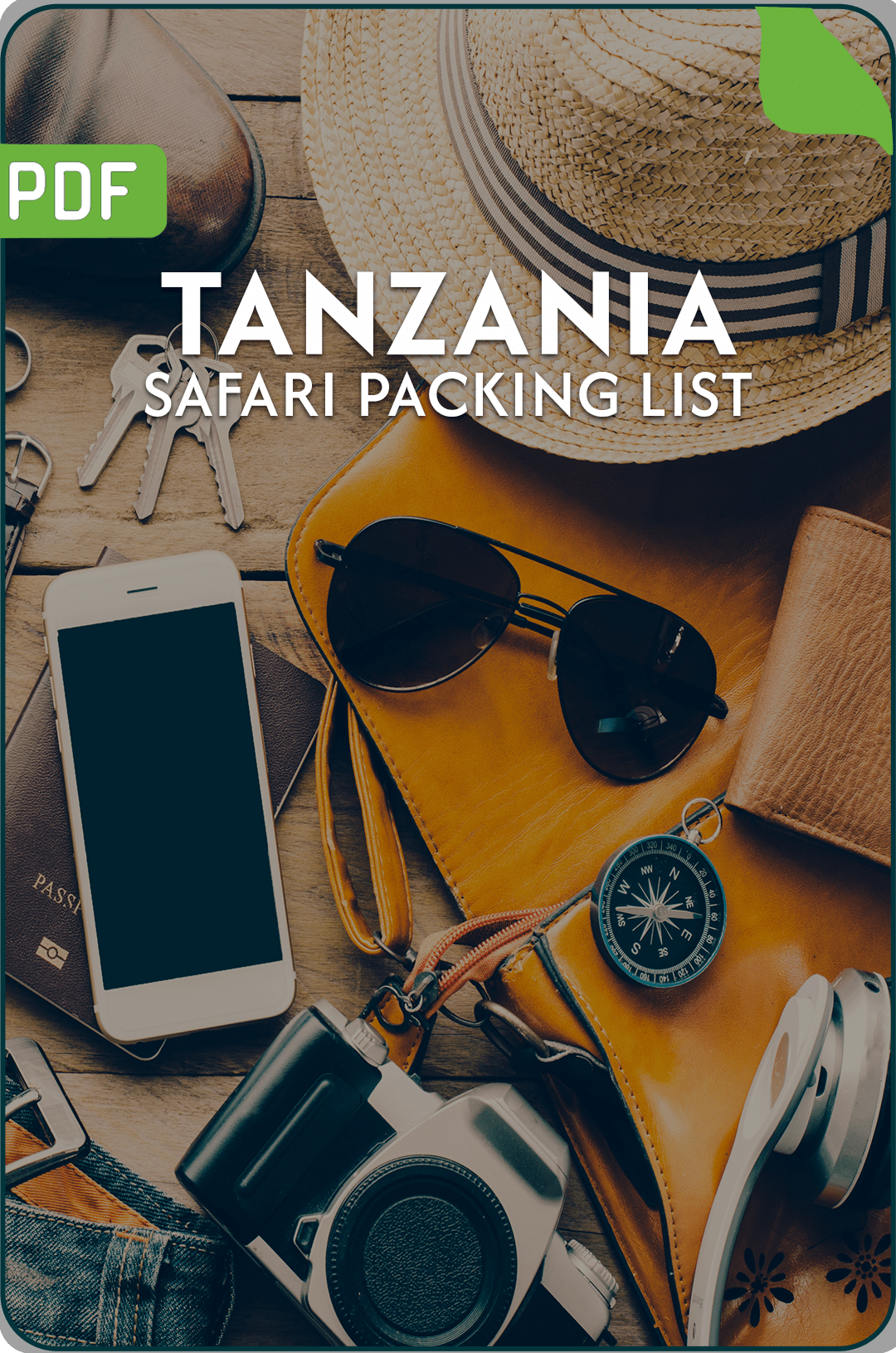
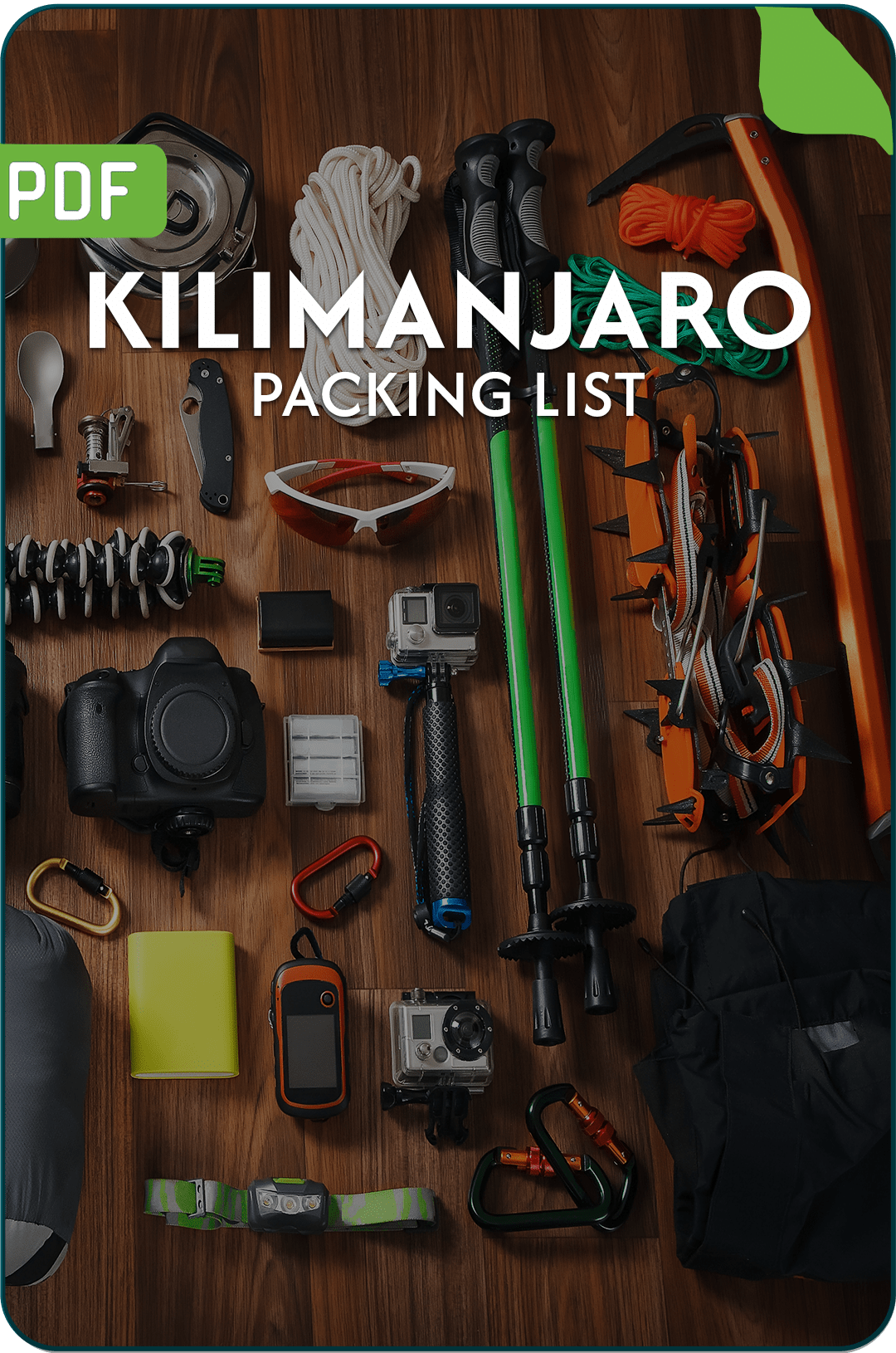

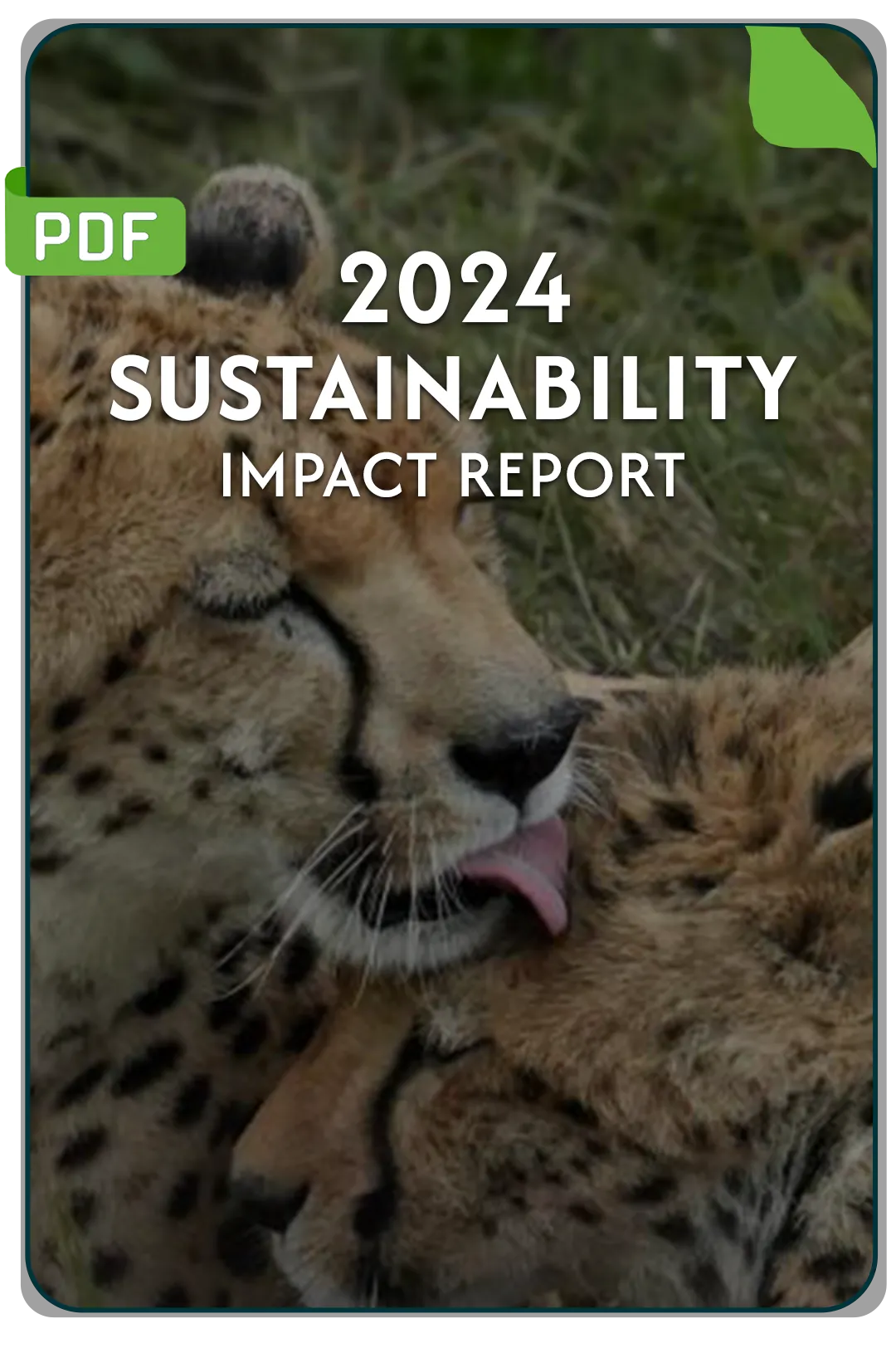
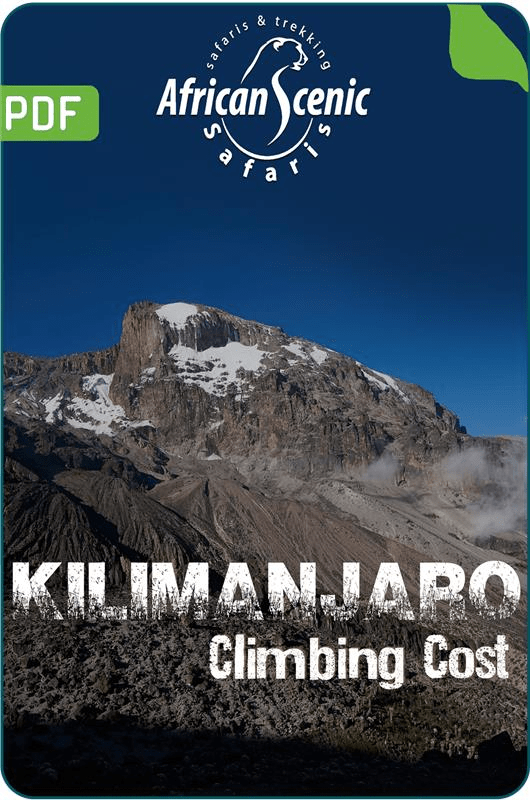









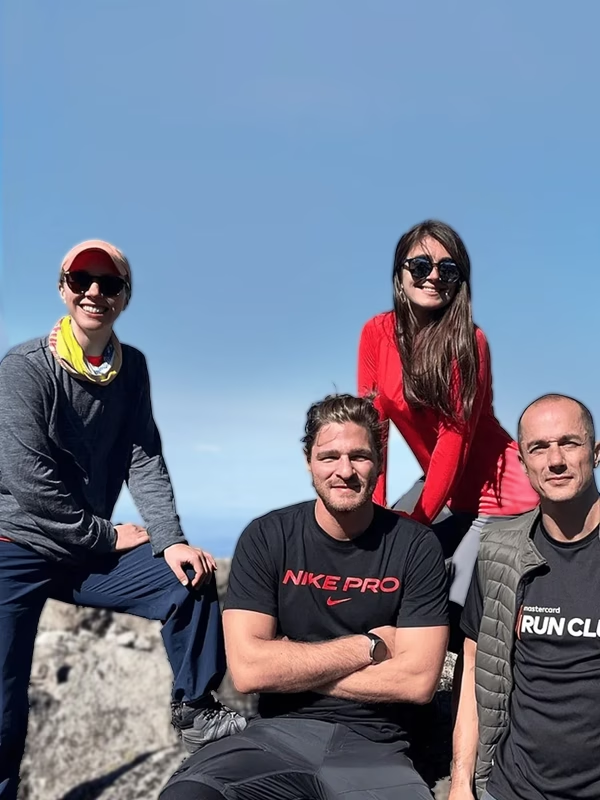
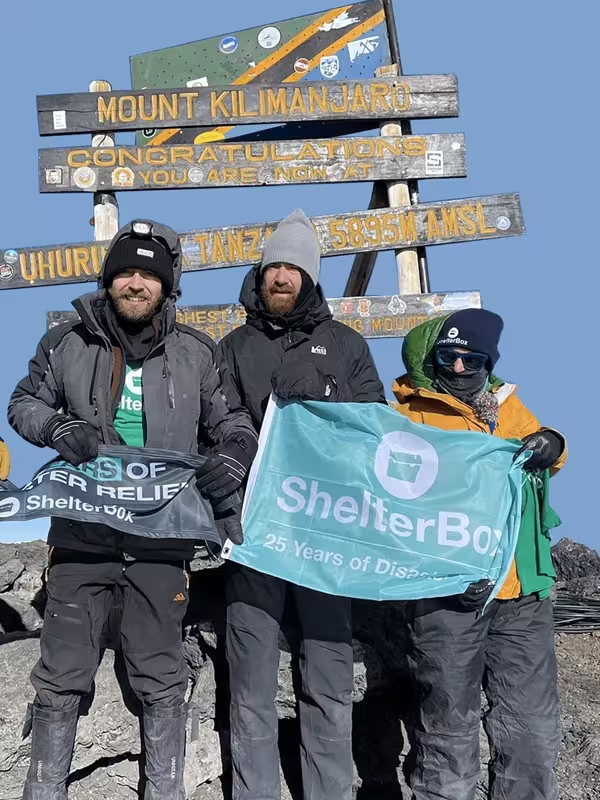
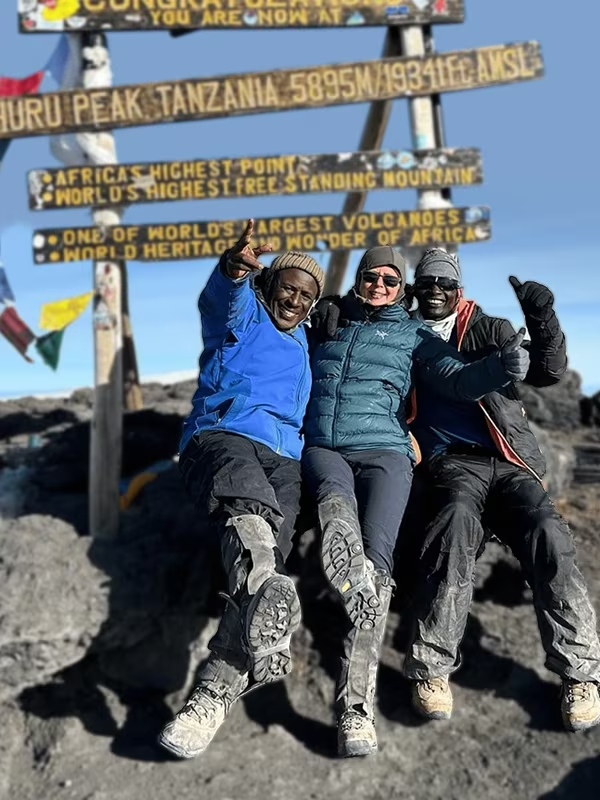


 African Scenic Safaris #1 on TripAdvisor
African Scenic Safaris #1 on TripAdvisor 




